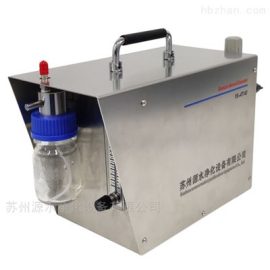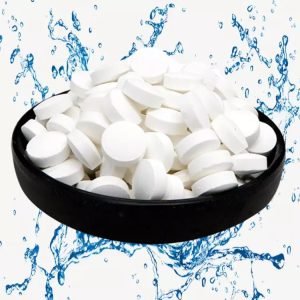The Ultimate Guide to Tissue Machine: Types, Functions, and Innovations
The Ultimate Guide to Tissue Machine: Types, Functions, and Innovations
In the world of paper production, tissue machines play a pivotal role in creating the soft, absorbent products we use daily. From facial tissues to toilet paper, these machines transform pulp into finished goods efficiently. This guide explores the key aspects of tissue machines, helping you understand their importance and advancements.
Types of Tissue Machines
Tissue machines come in various forms, each designed for specific production needs. Common types include crescent former machines, suction breast roll machines, and twin-wire formers. Crescent formers are popular for their ability to produce high-quality, bulky tissues with excellent softness. Suction breast roll machines offer superior water removal, making them ideal for high-speed operations. Twin-wire formers provide balanced properties, ensuring consistent sheet formation and strength across different grades.
Key Components and Operations
Understanding the core components of a tissue machine is essential. The headbox distributes pulp evenly onto the wire section, where water drainage begins. The press section further removes moisture through mechanical pressure, while the Yankee dryer uses heat to dry the sheet and impart creping for softness. Finally, the reel winds the finished tissue into large rolls for converting into consumer products. Innovations like advanced control systems have enhanced precision, reducing energy use and improving product uniformity.
Functions and Applications
Tissue machines are engineered to perform multiple functions, including forming, pressing, drying, and creping. These processes ensure the final product meets desired qualities like absorbency, strength, and texture. For instance, in household tissue production, machines focus on achieving high bulk and softness, while industrial grades may prioritize durability. Common applications span bathroom tissues, paper towels, napkins, and facial tissues, catering to both consumer and commercial markets.
Latest Technological Innovations
Recent advancements in tissue machine technology focus on sustainability and efficiency. Innovations include energy-efficient drying systems, such as air-through dryers, and smart sensors for real-time monitoring. These developments help reduce carbon footprints and operational costs while maintaining high product standards. Additionally, automation and IoT integration allow for predictive maintenance, minimizing downtime and enhancing overall productivity in tissue production lines.
Frequently Asked Questions
What is the production capacity of a standard tissue machine?
A typical tissue machine can produce between 50 to 200 tons per day, depending on its size and configuration. High-speed models may exceed this range, offering scalability for large-scale manufacturers.
How does creping affect tissue quality?
Creping involves scraping the dried sheet from the Yankee dryer, creating a wrinkled texture that enhances softness and bulk. Proper creping is crucial for achieving the desired tactile properties in tissues.
Are there eco-friendly options for tissue machines?
Yes, modern machines often incorporate features like water recycling systems and energy recovery units. Using recycled pulp and biodegradable materials also supports sustainable production practices.
Take Action Today
Ready to enhance your tissue production? Explore our advanced tissue machine solutions designed for efficiency and innovation. Contact us for a consultation to find the perfect fit for your needs and boost your manufacturing capabilities!

